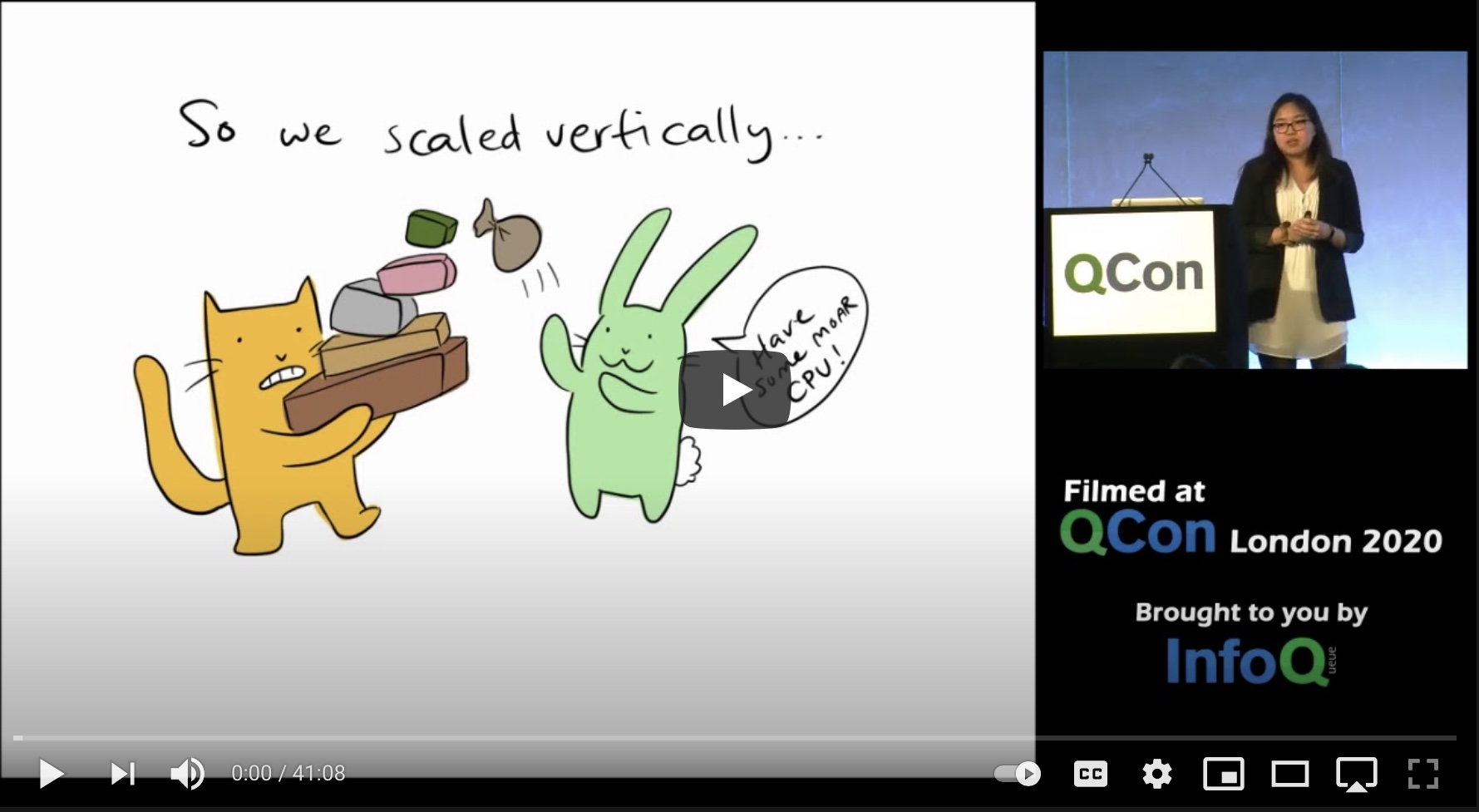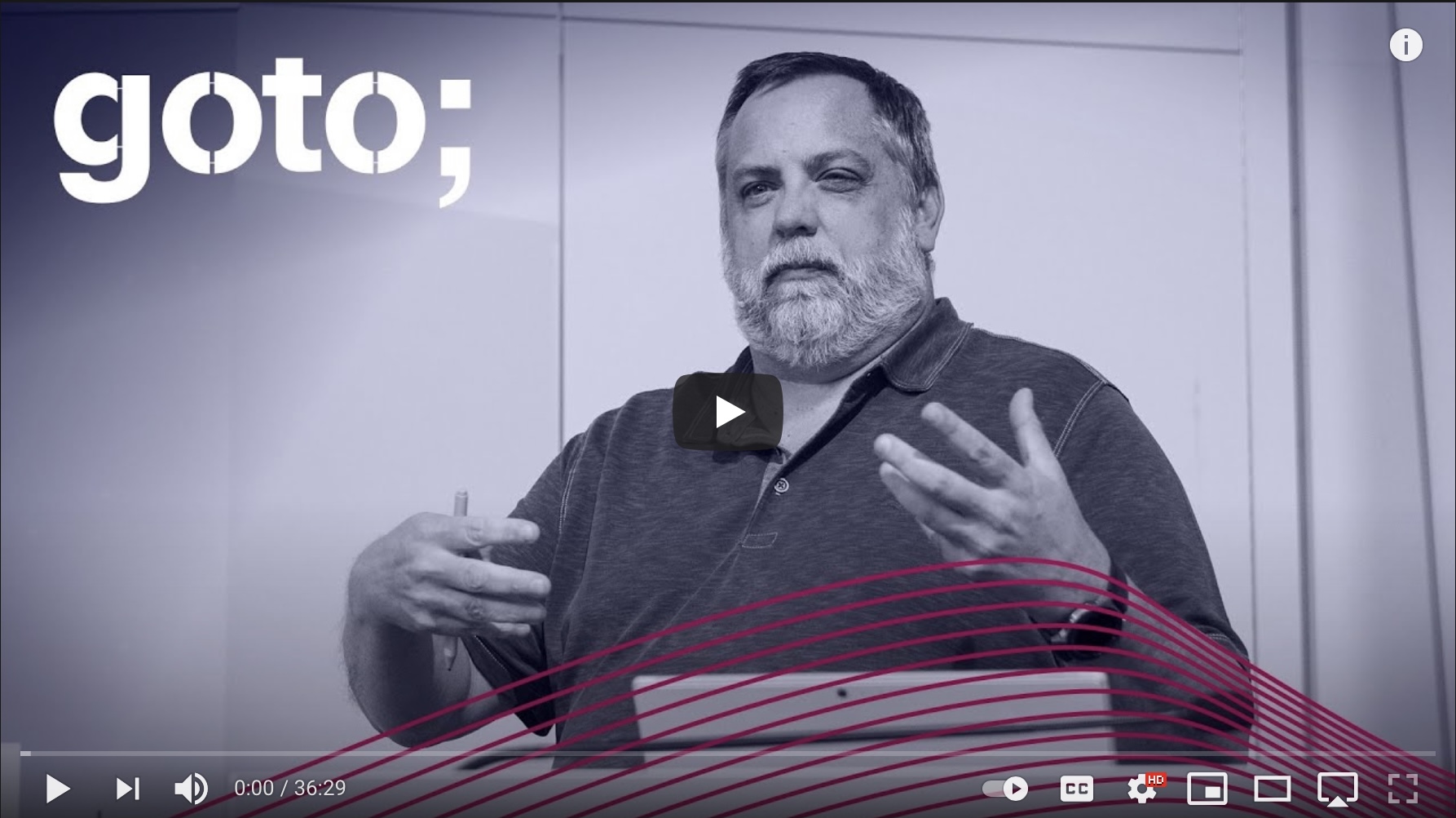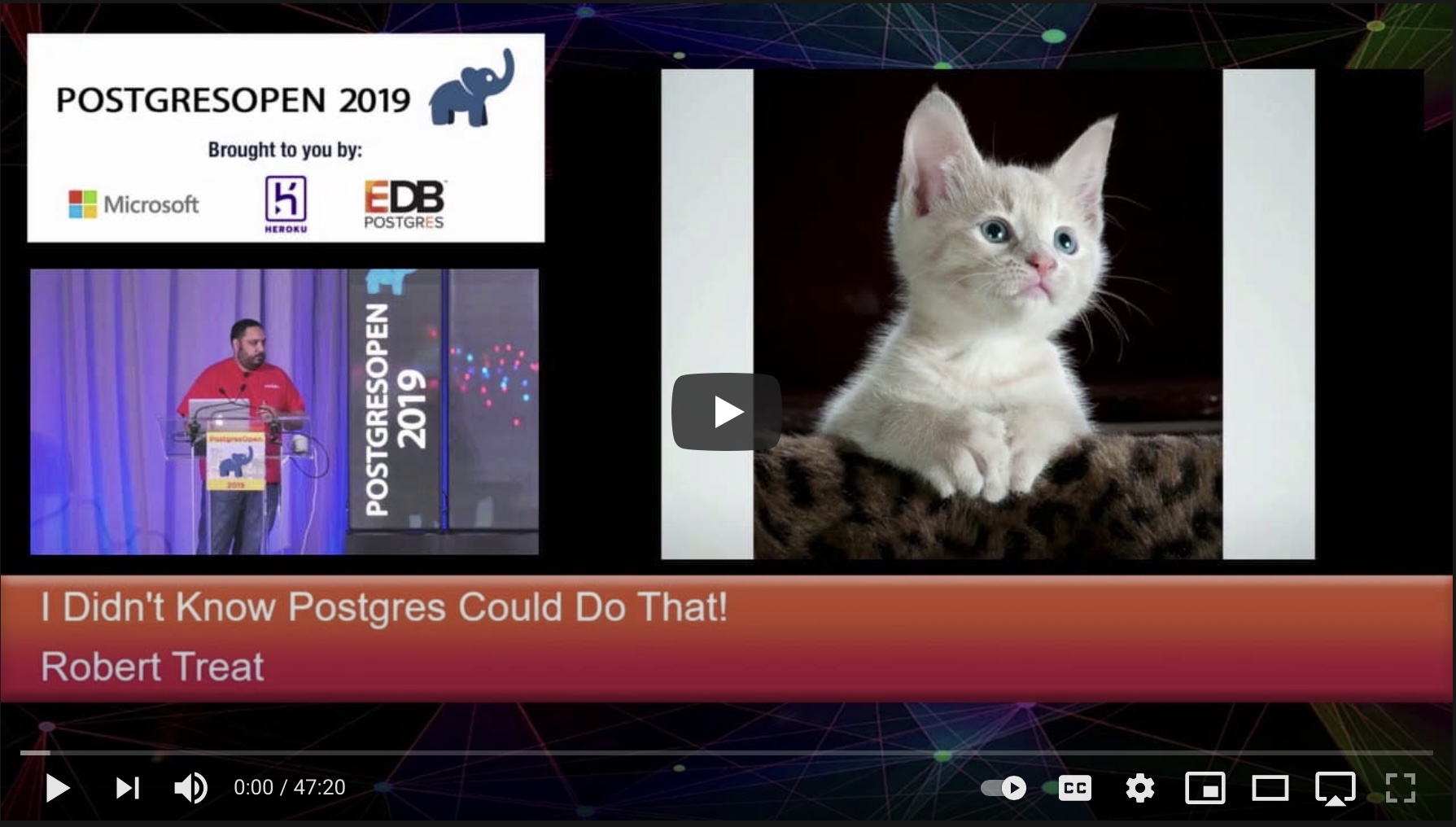til: clearing some bookmarks
Generally, when i read or watch technical things, i’ll bookmark the item for a later date, review it when i have time, and if i find them interesting i’ll keep them bookmarked. What usually happens is 3 years later, i’ll look at the bookmarks and wonder what it is and why i bookmarked it and i go through the entire cycle again until the information becomes outdated and i straight up delete it. This is mainly so i can clear bookmarks i have and avoid this cycle but hopefully this may be useful in the future. ¯\(ツ)/¯
Design
Why Distributed Systems Are Hard

- offers a solid intro on building distributed systems: microservices and scaling horizontally
- gives a relatively detailed look at CAP theorem
- touches on handling consistency via consensus algorithms such as Raft
- brings up topics on managing models across services
- top notch slide design
Monolith Decomposition Patterns

- good talk on how to start moving to microservices, if you do need to move to it
- doesn’t say this in detail but microservices are inherently slower, more complicated
- network is involved
- data integrity may need to be done at application level rather than db
- extract incrementally. microservices might not do what you hope/think.
- create an interface to the code you want to extract but have that interface still communicate with existing code
- have new service adhere to interface
- use feature flag to test whether new service provides expected results
- goes into quick overview how AP vs CP is desired based on context
Modern Continuous Delivery

- provides an overview of current state of CD pipeline and how it looks in monolith and microservices
- build your teams around products and not projects
- don’t separate devs, testers, ops; group them together by product so they own it
- own what you build.
- use trunk based development. Use feature flags.
- each commit builds it’s own version of image which you test. if all is good, deploy.
- deployment strategies: rolling, blue/green, canary
- something i learned in OpenStack but database changes are not allowed to break current version.
- if you want to rename a field, add the field and write to both.
- allows for the aforementioned deploymented strategies.
PostgreSQL
I Didn’t Know Postgres Could Do That

- install pg_stat_statements before anyone notices. useful for debugging.
- postgres has transactional DDL
- you can create an index or table but not commit it
- example: begin; alter table; savepoint; insert data to test; rollback to savepoint; commit;
- allows you to effectively test your DDL change
returningon insert/update/delete commands to return back stuff that was impacted- allows you to chain queries together as a single statement (with CTE)
tsrangedatatype to define a range of timestamps instead of two columns specifying start/stop- window functions and whether it’s better to do in application or in db
- it’s relatively trivial when done in Postgres
A Pythonic Full-Text Search

A few years ago, i built a solution to capture OpenStack events in ElasticSearch called Panko. It had little adoption once we broke it out of the Ceilometer service. Aside from the fact it didn’t provide much value, the main feedback i got from Ops was because it was ElasticSearch. Fast forward a few years and while actually doing Ops works, I realised why. Running ElasticSearch is a ~painful~ non-trivial operation. The managed service cloud providers provide is no better.
This talk is Django specific in that it uses Django’s ORM but can extrapolate this as it uses Postgres underneath. Ultimately, go down this route first as it saves the headache of ElasticSearch and minimises cost of adding another service and hiring an ElasticSearch consultant to tell you you’re doing it wrong.